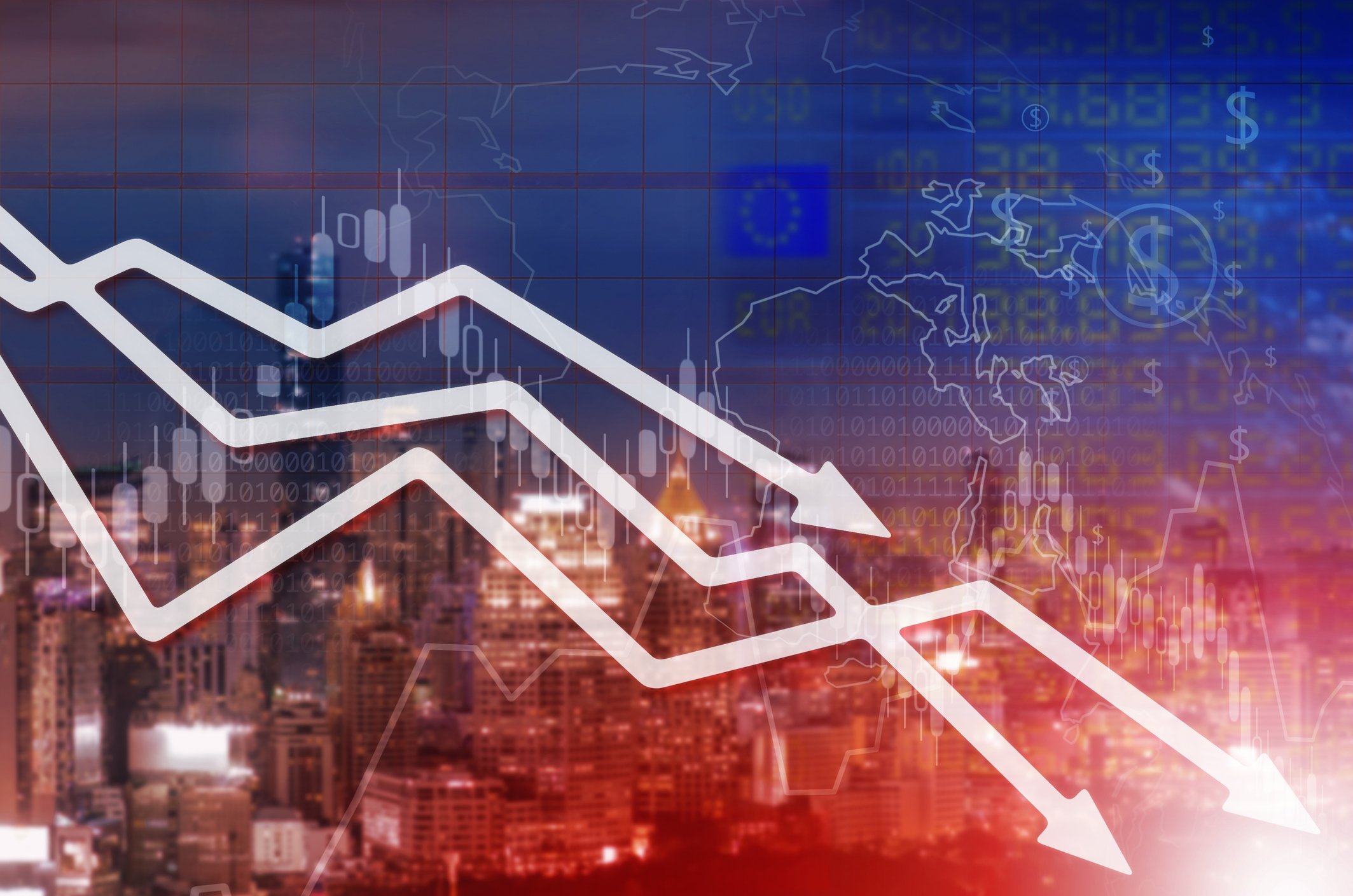Looking ahead is what investors do (or, what they should do, anyway). And the start of a new year is a natural time to consider the future. So, what better stock to consider right now than a cutting-edge technology company like hydrogen fuel-cell maker Ballard Power Systems (BLDP +0.71%)?
Hydrogen fuel-cell stocks like Ballard and Plug Power (PLUG 1.34%) have had a rough few years as battery technology has dominated the race to electrify vehicles. In fact, neither are currently profitable. Still, Ballard is planning to roll out a series of "next gen" fuel-cell stacks in 2019. It's also working with Chinese partners to ramp up production. But will those moves be enough to deliver big gains to investors? Let's dig a little deeper to find out.

The green energy industry is growing. But will fuel cell investments outperform? Image source: Getty Images.
State of play
Right now, electric batteries are the primary green technology being used in automotive applications. Automakers including Tesla (TSLA +0.09%) and General Motors have mass-produced battery-powered cars. Many others are developing their own versions, and battery-powered buses and delivery trucks are on the roads as well. Battery-powered semis appear headed for their own debuts relatively soon.
On the flip side, nobody is mass-producing fuel-cell passenger cars; when it comes to vehicles, the technology is currently used only in a few niche applications like forklifts and airport vehicles. But Ballard and Plug are pushing to try to expand the market. Plug Power recently delivered a fuel-cell powered delivery truck to FedEx, and Ballard Power has stated its intention to go after the trucking market with its new Chinese joint ventures and its next-gen fuel cells.
Batteries may have the jump on fuel cells, but considering how small a share of the market non-gasoline powered vehicles occupy, it's not impossible for fuel cells to make substantial inroads.
The uphill climb
Fuel-cell manufacturers have a steep road ahead if they hope to propel adoption of their technology to the point where it even comes close to rivaling batteries for dominance in the alternative power segment. But that's what would be required if Ballard were going to make millionaires of its investors. So let's take a look at how that might happen.
Ballard CEO Randall MacEwen rightly refers to fuel cells as a "disruptive technology," and on the company's third-quarter 2018 earnings call, he pointed to "long range, rapid refueling, heavy payloads, and route flexibility" as areas in which fuel-cell powered vehicles could successfully challenge batteries.
He has a point: Most battery-powered vehicles have limited ranges and long recharging times. Even Tesla's superchargers take 75 minutes to charge a Model S battery from zero to 100%, and that's far from a "heavy payload." By contrast, refueling a hydrogen cell vehicle would be similar to a trip to the gas station: Pump in fresh hydrogen and you're good to go. Fuel-cell vehicles also currently have longer ranges than most similarly sized battery-powered vehicles.
Ballard's next generation fuel-cell stacks promise a 33% improvement in power density, a 40% reduction in overall cost of ownership, and a 50% improvement in durability. But because there are so many other components to a finished fuel-cell vehicle besides the cells themselves, it's really impossible to say at this point how such a vehicle would compare to a similar battery powered model.
But, if vehicles powered by Ballard's next generation of fuel-cell stacks prove to have markedly longer ranges and favorable economics compared to similar battery-powered vehicles, it's possible they could gain a significant following. However (as we've seen with Tesla) such economy usually comes with a long ramp-up to scale, and for fuel-cell vehicles, that means scale of both production and construction of hydrogen refueling stations. After all, the ability to make a long-haul trip doesn't mean much if there's nowhere to refuel once you get where you're going.
The ball and chain
Right now, the biggest obstacle to Ballard Power's strategy is also its biggest opportunity: China. MacEwen expects 50% of Ballard's revenue to come from Asia Pacific markets (read: China) over the next few years. But thus far, the company's Chinese plans haven't panned out as hoped. Evolving government subsidy rules and certification delays resulted in slower than expected sales by one of the company's joint ventures, which absolutely clobbered the company's Q3 revenues.
MacEwen also candidly admitted that bringing fueling stations online in China has been "a little challenging." "In a couple of cases you see situations where the fueling station is constructed, but it takes a long time to get the permits or they're kind of permitted on a trial basis...[s]o it's difficult to know exactly when these things will move forward." Ballard currently has only 16 fueling stations in service in all of China, with another 69 in some stage of planning or construction. Given the delays the company has encountered so far, those numbers don't exactly scream that mass-market adoption is around the corner. By comparison, there are 1,386 Tesla Supercharger stations across the globe, including more than 180 in China.
One projection that MacEwen threw out on the earnings call was that high volume might arrive in China in "2025 or 2030." So, about 10 years down the road, unless there are further delays of the sort we've already seen. Given how rapidly battery technology is advancing, and how many companies are working on it, this seems like more of a Hail Mary pass than a sure thing.
What could happen
Could Ballard Power be a millionaire-maker stock? Sure, if things in China suddenly shift gears, with swift permitting of fuel-cell technology, accelerated construction of hydrogen fueling stations, and a speedy production ramp-up of viable vehicles that could take advantage of the infrastructure. But that's projected to be nearly a decade down line in the best of cases.
Investors who are interested in this technology would be better off waiting until the fuel-cell industry shows that it can become competitive with the battery industry -- or at the very least, that it can create a viable heavy-duty motive product and corresponding support system. Otherwise, this once-promising technology (and its shareholders) may be left in the dust.
Check out the latest Ballard Power earnings call transcript.







